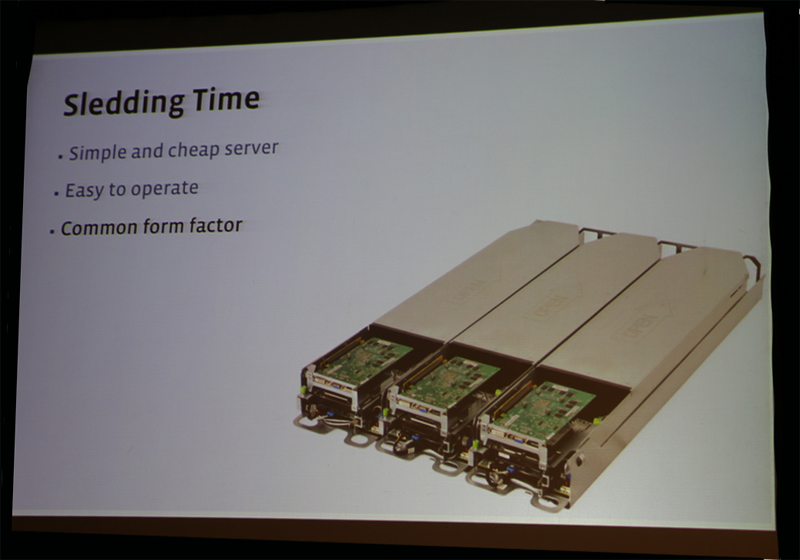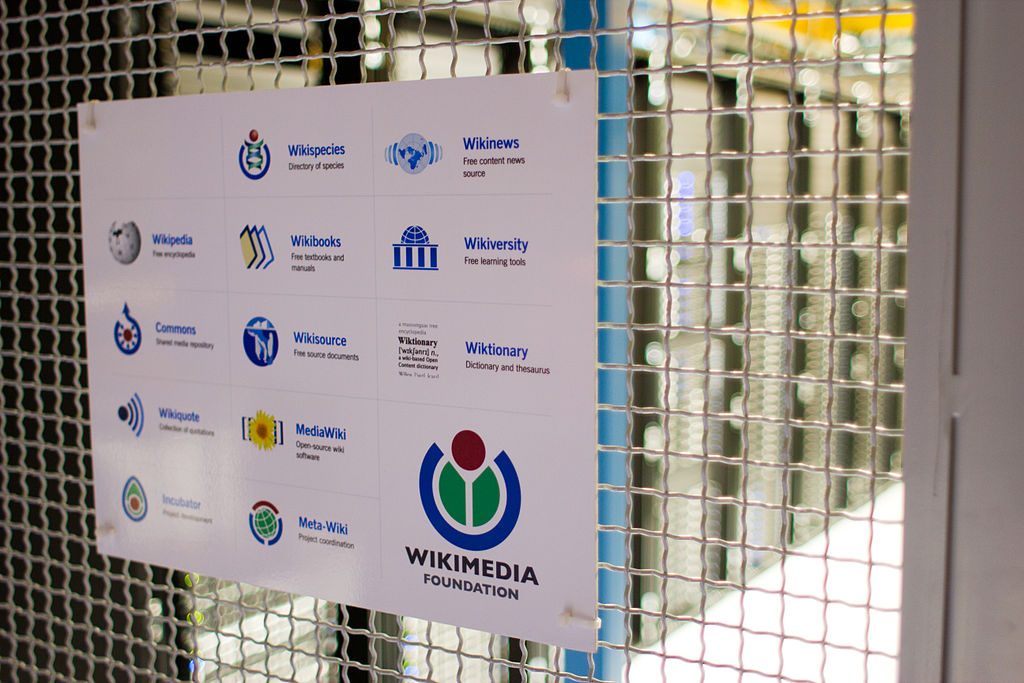
I will use Tears of Steel to perform the FFMPEG work on the Dell R420.
They share the movie in several formats and sizes to download.
“Tears of Steel” — project Mango — is Blender Foundation’s fourth short film project, with as sole purpose to improve and validate Blender’s open source 3D VFX pipeline. The entire film been processed and created by free/open source software, from initial camera tracking to the final edit and grading. In October 2012, the film and all its assets will be released as Creative Commons Attribution.
Uncompressed files
http://media.xiph.org/tearsofsteel/
Full Movie – New version (4k rendered)
- HD 1920 pixels wide (~700MB, mov, 2.0)
- 4K 3840 pixels wide (6.3 GB, mov)
- 4K DCP 4096 x 2160 (14 GB, Digital Cinema Package)
Full Movie – First version (HD rendered)
- HD 1080p (~560MB, mov, 2.0)
- HD 1080p (~550MB, MKV, 2.0)
- HD 1080p (~545MB, webm, 2.0)
- HD 720p (~365MB, mov, 2.0)
- HD 720p (~365MB, MKV, 2.0)
Subtitles (.srt)
Some links
http://www.imdb.com/title/tt2285752/
http://www.youtube.com/watch?v=R6MlUcmOul8
http://www.youtube.com/watch?v=WwHux5QZfC8






